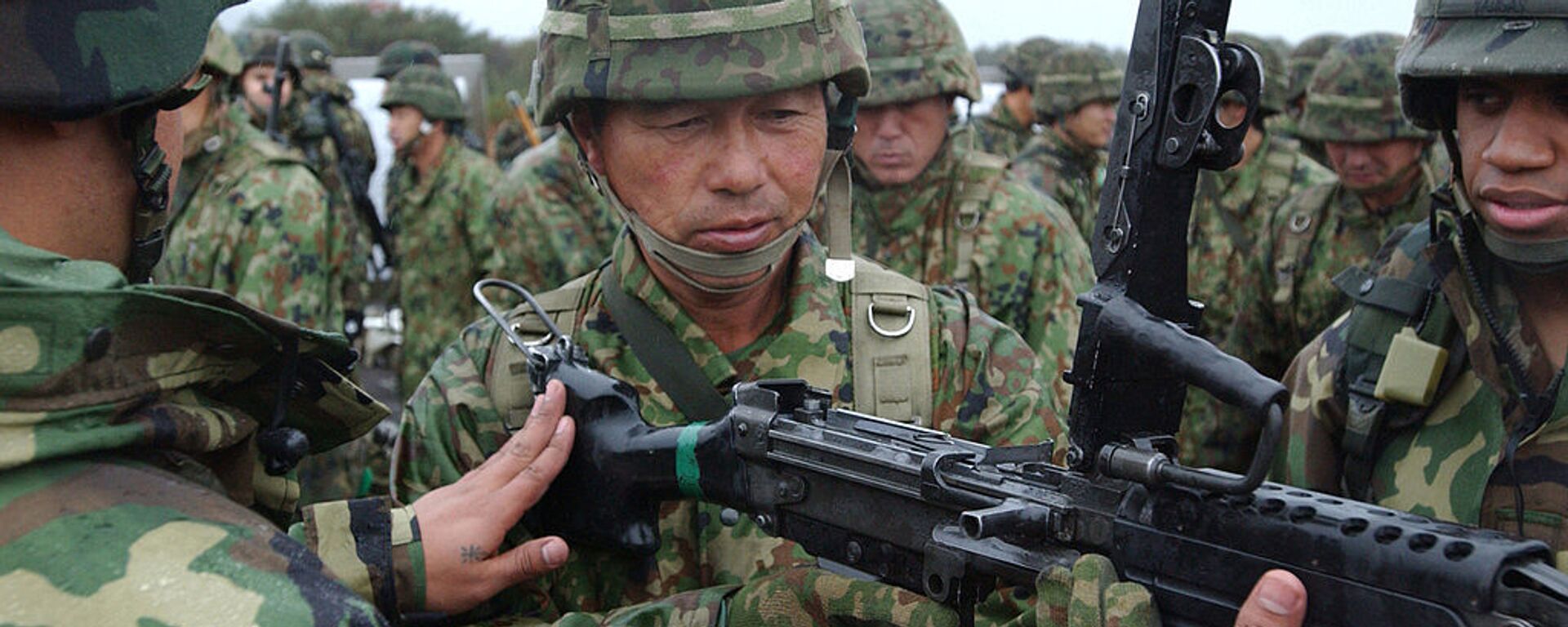Japan Reverts to Militarism as US Prepares to Use Tokyo Against China, Scholars Warn
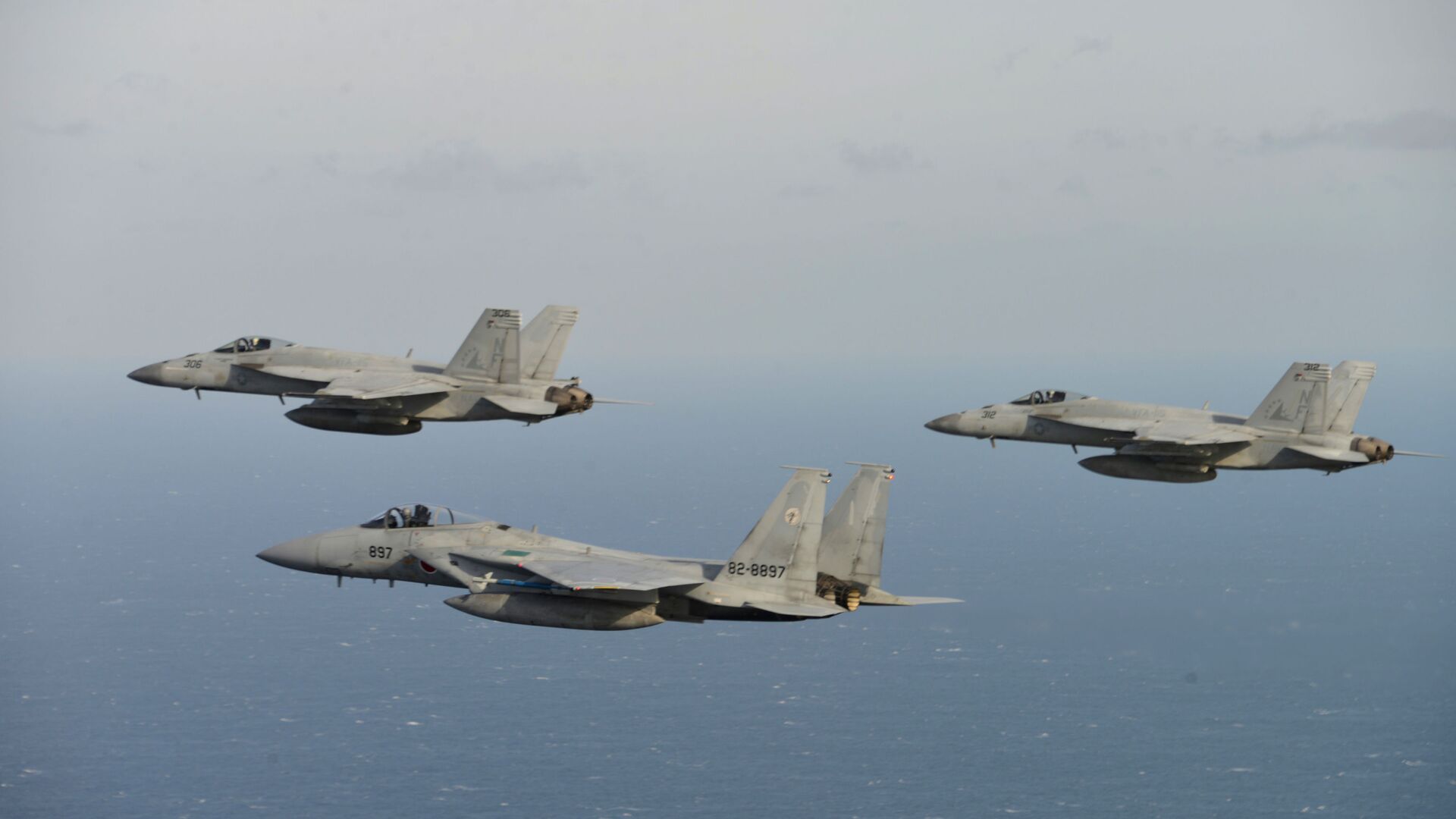
© AP Photo / Japan Air Self-Defense Force
Subscribe
Tokyo approved an updated version of three doctrinal documents at the end of 2022: the National Security Strategy, the National Defense Strategy, and the Defense Build-Up Plan.
The Japanese government intends to significantly increase the country's military potential, Russian Foreign Minister Sergey Lavrov alerted during a press conference on January 18.
What are the prerequisites for the creation of a new Japanese militarism and who benefits from tension in the Asia-Pacific region? Find out here on Sputnik.
A Sea of Excuses
Japanese politicians seem to have either forgotten - or want to forget - that following World War II and in accordance with the 1947 Constitution, Japan must give up its own armed forces and remain "forever" pacific. According to article 9 of the Japanese Constitution, “the Japanese people forever renounce war as a sovereign right of the nation and the threat or use of force as a means of settling international disputes.”
Tokyo is trying to justify the need for a return to militarization by arguing that the security situation in the region and in the world as a whole is deteriorating. As noted in the documents, Japan sees China as "the greatest strategic challenge ever," and the DPRK (North Korea) as "an even more serious threat than before."
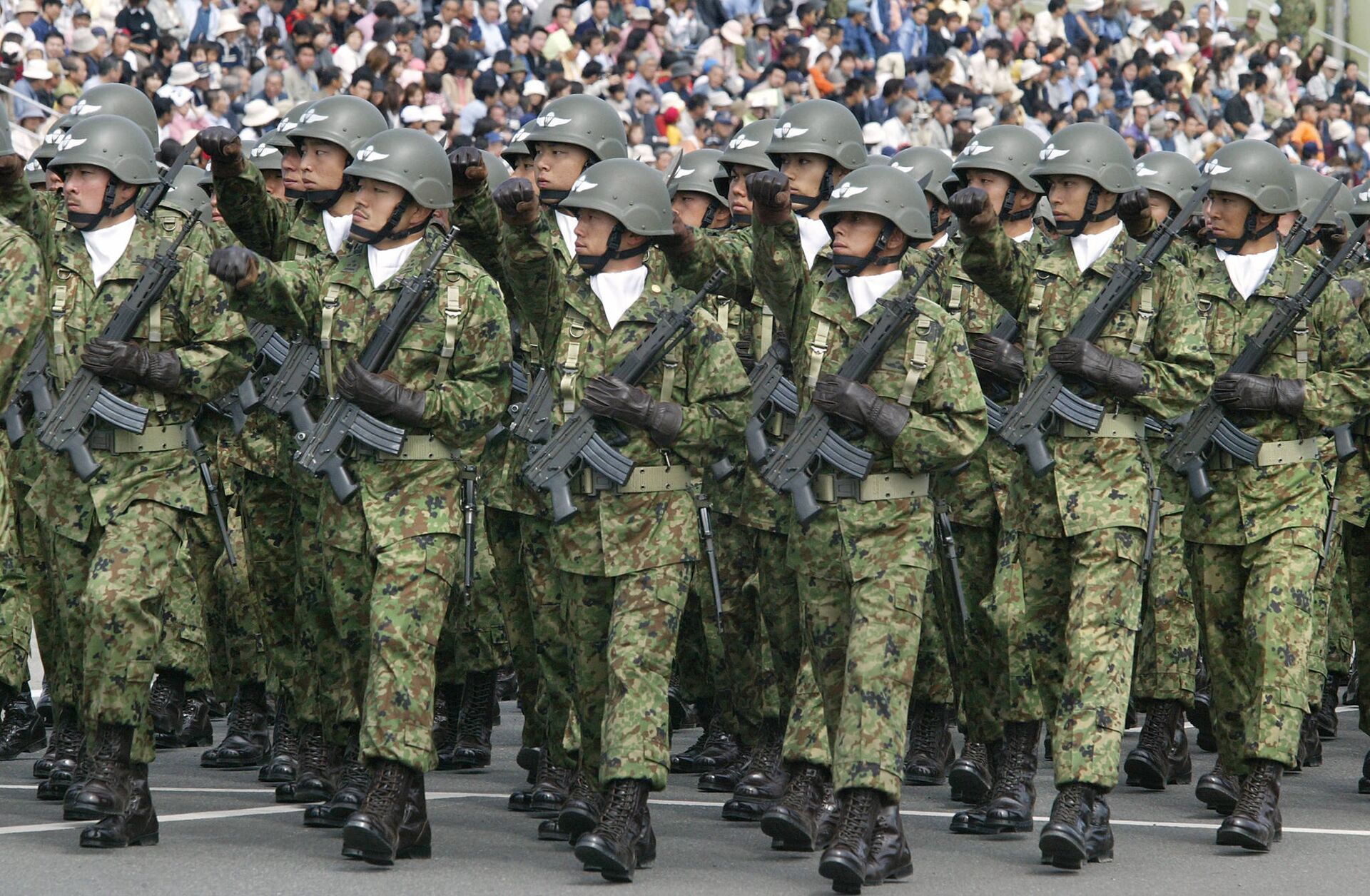
Troops of Japan Grand Self-Defense Force (JGSDF) 1st Airborne Brigade march during an inspection parade for the JGSDF Eastern Army 44th anniversary celebration at Asaka training field, suburban Tokyo.
© AFP 2023 / Kazuhiro Nogi
Japan's Constitution states that the country shall never again develop land, sea, and air forces, nor any other means of warfare. Later, the three nuclear principles were also formulated: not to possess, produce or import nuclear weapons. However, since the adoption of the constitution, there have been so many amendments that the true message has all but blurred.
Costly Solutions
Senior researcher at Russia's Academy of Military Sciences Vladimir Prokhvatilov believes that the militarization of Japan will prove costly for the Japanese taxpayer.
"Japan is extremely concerned about China's activity near the Senkaku Islands [known in mainland China as the Diaoyu Islands – ed. note Sputnik], the unpredictability of North Korea's missile exercises, and tensions in the Indo-Pacific. In general, increasing military power of any country makes its neighbors think that this is done for a reason, and they also begin to strengthen their armies, build up and modernize their own weapons."
The researcher pointed to budget pressures the remilitarization of Japan may place on Tokyo, citing the $2.3 trillion cost over 20 years of the Afghanistan war on the US military as an example.
"Larger defense budgets due to the appearance of new weapons systems and fifth-generation equipment (...) increase substantially: these include the high cost of materials and electricity, plus transportation costs, salaries for developers and workers, and much more. At the same time obsolete equipment must be disposed of, which is a whole set of measures and an additional item of expenditure. The presence of armed forces outside of national borders, let alone participation in an armed conflict, entails enormous expenditures."
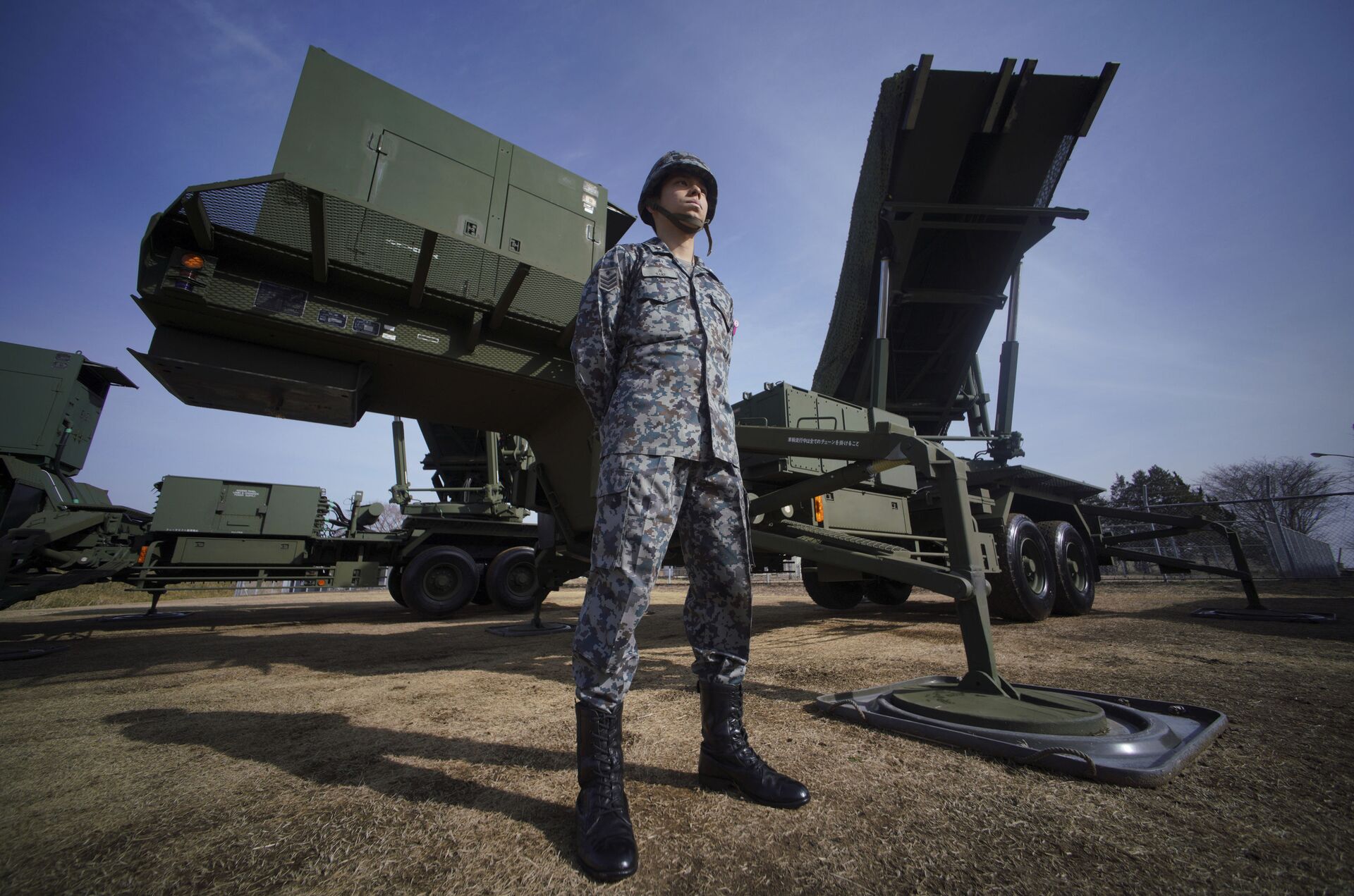
A member of Japan's Ground Self-Defense Force stands guard next to a surface-to-air Patriot Advanced Capability-3 (PAC-3) missile interceptor launcher vehicle
© AP Photo / Eugene Hoshiko
Japan is making small steps towards becoming a fully-fledged military power. And the recent changes in the National Defense Strategy confirm this.
"The situation around Japan has been quite alarming lately," Professor Dmitry Streltsov, head of department of oriental studies of the Moscow State Institute of International Relations, told Sputnik, citing poll data.
"Japanese authorities are forced to reckon with the threats that they believe Japan may face from three sides: China, North Korea, and Russia. The general alarming background also affects public sentiment," he said.
He also dispelled ideas that Japan is currently unprotected militarily.
"Japan's military expenditures are now comparable with those of South Korea, France, and Russia. If Japan's defense budget were to rise to two percent of GDP within 5 years, it would make it the third largest in the world."
However, current economic constraints ay limit this expenditure: "By the end of the 2021 financial year which ended in Japan on March 31, 2022, the total national government debt was more than 2.6 times the size of GDP. The updated National Security Strategy sets goals, but let's see if they are achievable..."
The National Security Strategy also now stipulates Japan's right to launch counterattacks against targets in foreign territory.
"In the event of a missile attack by an adversary, Japan must have the capacity to counterattack, that is, the ability to launch an effective counterattack to prevent further armed attacks by the enemy," the document reads. The conditions to launch a counterattack include an attack on Japan, a threat to its existence by attacking a friendly country, and a lack of suitable means to repel the attack.
Is NATO Coming to Asia?
In 2022, the US-led Rim of the Pacific (RIMPAC), the world's largest international maritime warfare exercise involving 25 nations, took place in the Pacific Ocean.
US military activity in Asia (including the creation of the trilateral security alliance AUKUS) clearly demonstrates that after the successful militarization of Europe, Washington is also making considerable efforts to build up its military power in the APAC. This includes the participation of Japan, whose military expenditures in the near future will correspond to the expenditures of most countries in the NATO bloc.
This is why there is increasing concern that the APAC is approaching the scenario of becoming an Asian NATO spurred by fears of Chinese expansion, with Japanese Prime Minister Fumio Kishida's special invitation to NATO meetings becoming commonplace.
Yuri Knutov, a Russian military historian and the director of the Museum of Air Defense Forces (ADF), believes that the appearance of an "Asian NATO" at this time is indeed more likely than ever.
“The reason is obvious: the US is preparing for a serious conflict with China over Taiwan. First of all, because of its strategic location. Taiwan allows the Chinese Navy free access to the Pacific Ocean. For the US and NATO, Taiwan is a key link in the first line of defense in the event of a military conflict with China to block its military and merchant fleet," he commented.
However, "Taiwan is only an excuse for military escalation," he continued. "China has become a powerful competitor to the United States, so NATO is now designating the Asia-Pacific region as its sphere of influence, transforming the transatlantic military bloc into a global structure. The start has been made with the creation of the QUAD and AUKUS blocks within the framework of the US Indo-Pacific strategy. And they are step by step becoming a 'means to suppress' China and Russia."
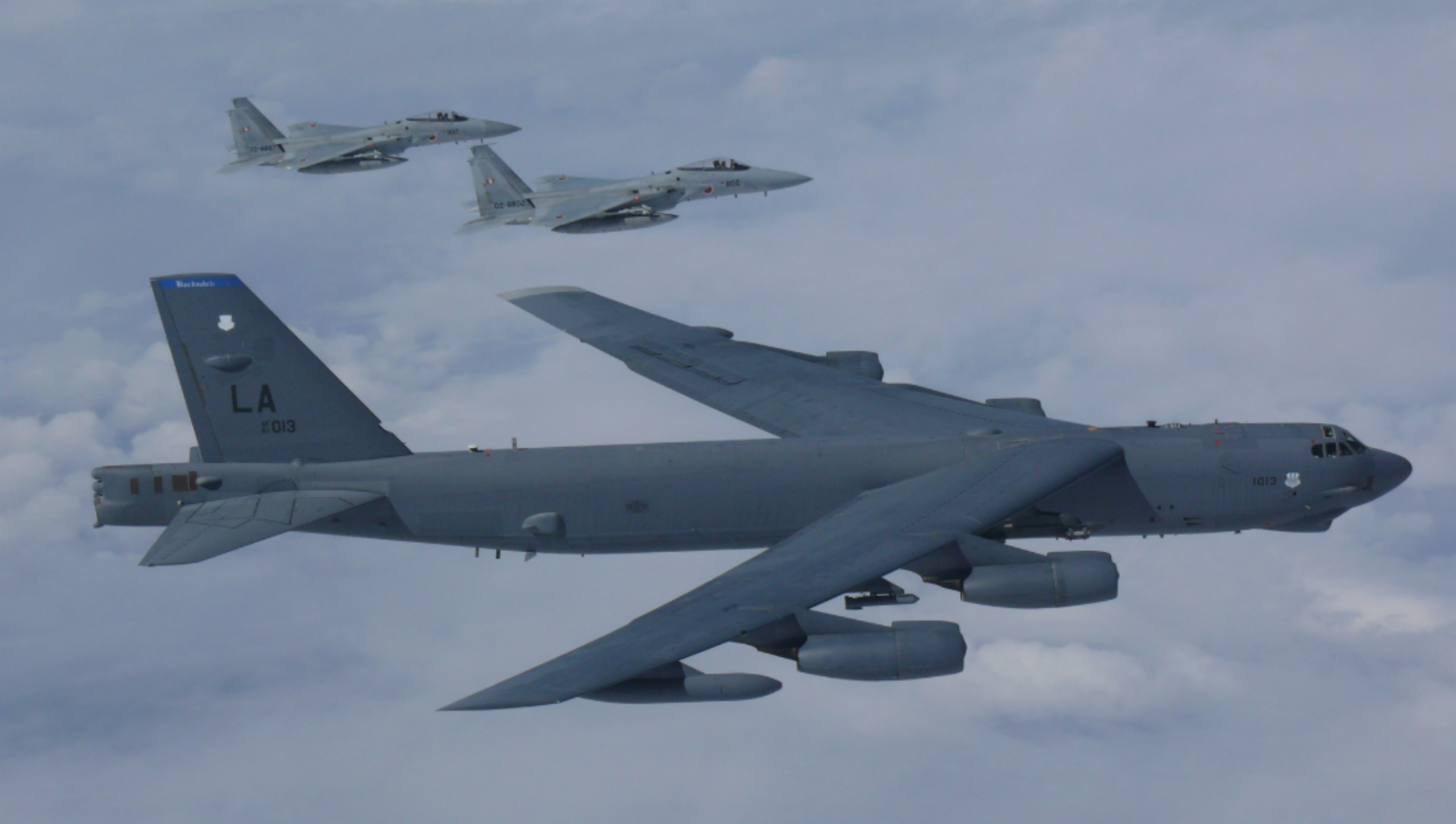
A B-52H Stratofortress bomber aircraft integrated with the Koku Jieitai (Japan Air Self Defense Force) while conducting a routine training mission in the East China Sea and Sea of Japan Sep. 26, 2018
The US is interested in creating a NATO in Asia to confront China but it does not implement its strategy explicitly. Instead, the US "camouflages" its actions in the form of creating structures like QUAD and AUKUS, which at any time could easily be transformed into a new military alliance in Asia.
Japan, as Washington's reliable ally in Asia, plays one of the main roles in the anti-China scenario, political scientist and orientalist Vasily Kashin, a senior research fellow at the Center for Comprehensive European and International Studies of the National Research University Higher School of Economics, believes.
“US military forces would operate from Japanese territory (in the event of a military conflict with China around Taiwan). The Japanese Self-Defense Forces will at least be involved in operations to protect communications of US logistic bases. And, apparently, they will take part in actions against the Chinese Navy."
As such, Tokyo is starting to organize itself for full militarization, he argued.
"The prospects for Japan's involvement in the Taiwan conflict are real. And because its threat is steadily growing, they are now actively preparing for it. Although when Japan conducts military exercises to defend remote islands, it is primarily about the Senkaku Islands. However, this scenario is identical to the tasks that will be undertaken to defend Taiwan."

